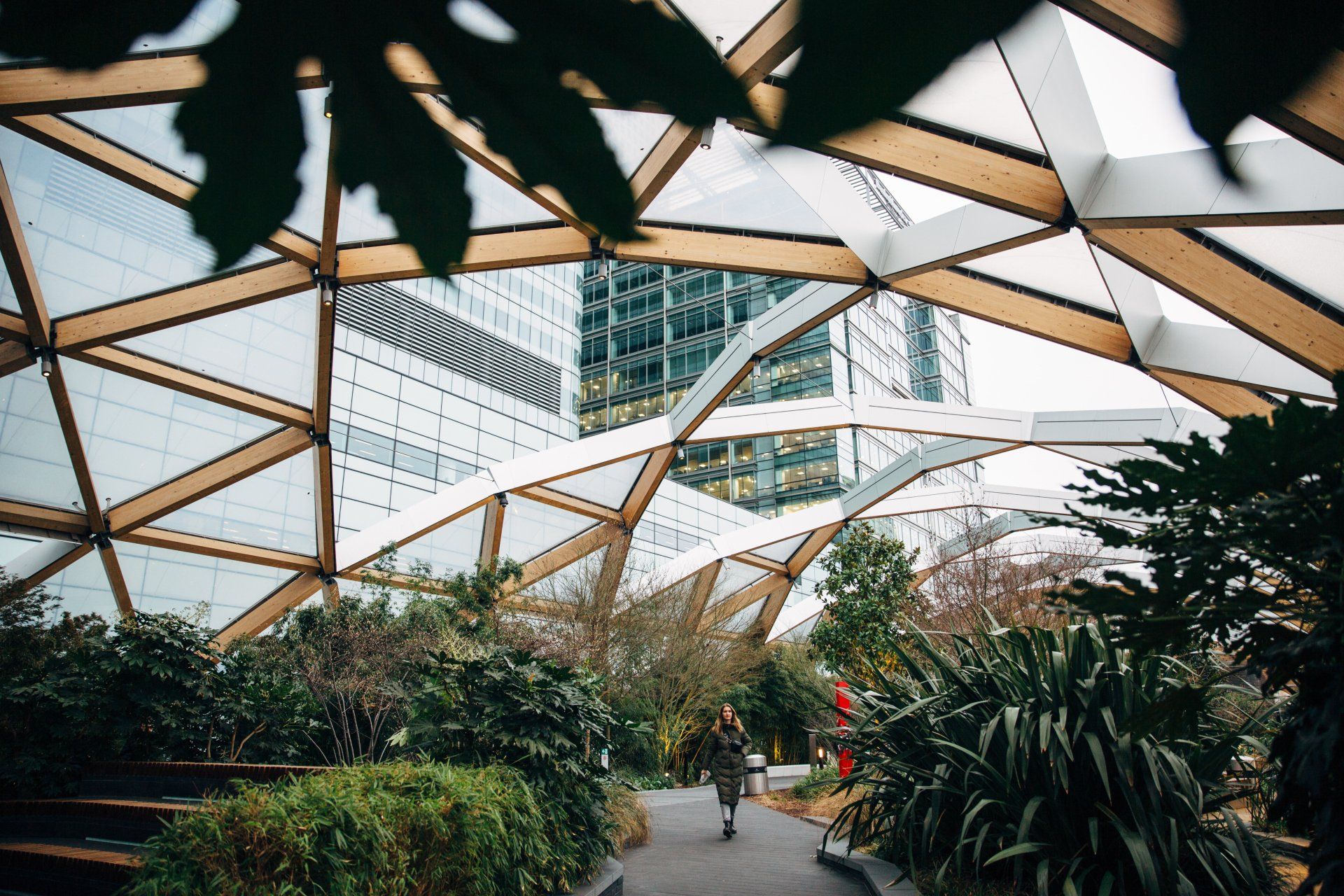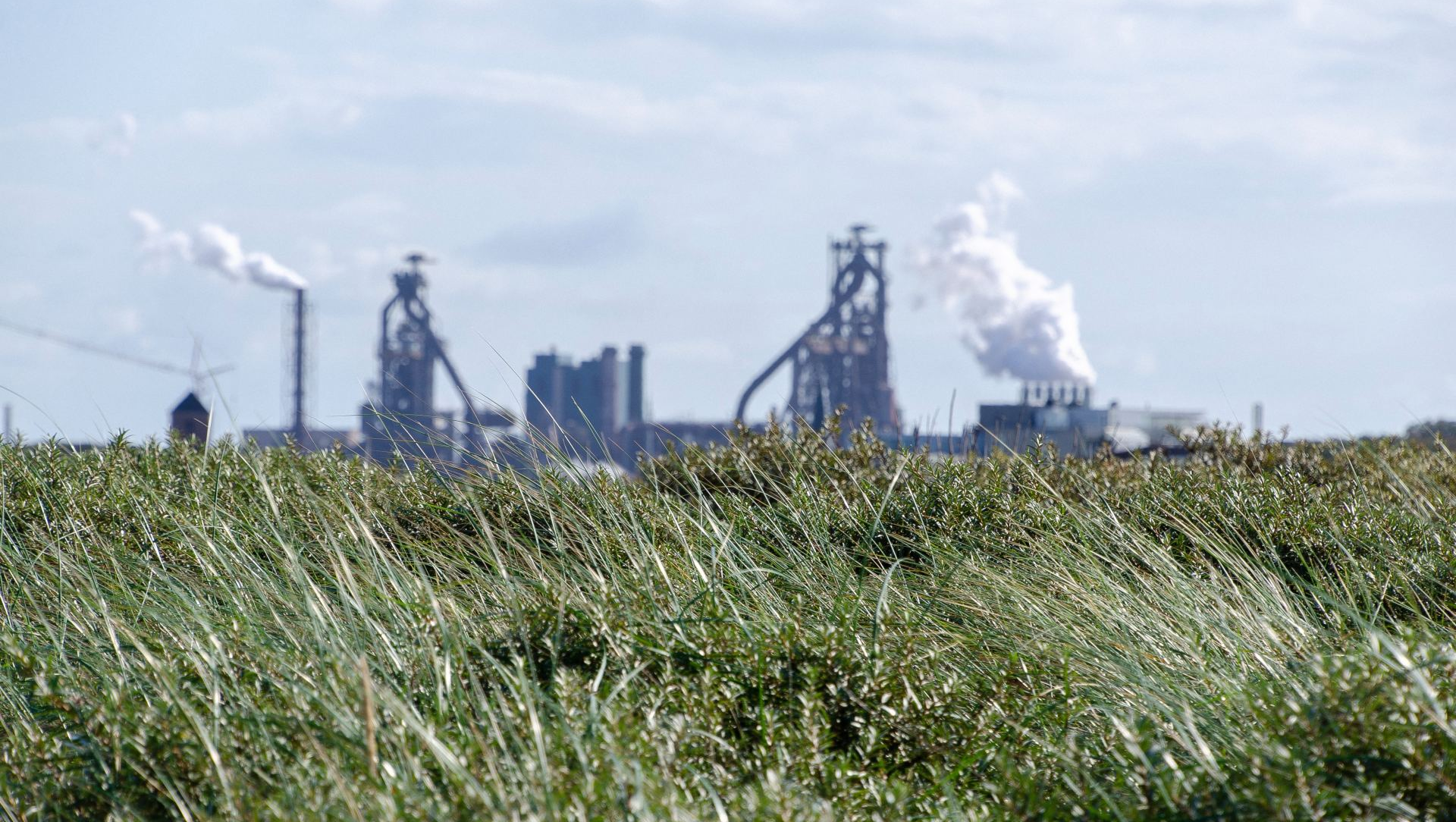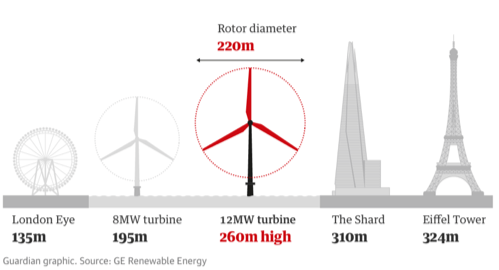Follow us
How retailers of the future will fight climate change and cut costs
We gaze into the near-future and see what UK retailers can do to improve their sustainability over the next decade and beyond.
There hasn’t been this much CO2 in the air for millions of years. Climate change is real – but it can be stopped.
The UK is leading the way by decarbonising its economy: UK CO2 emissions are 38% lower today than they were in 1990, and by 2030 70% of the UK’s electricity is expected to come from low-carbon sources. To keep rising global temperatures at bay, more needs to be done.
UK retailers have already taken huge steps in tackling climate change. Continued action in the next ten years is critical, but also a source of opportunity for businesses.
Here are three changes that could affect your retail business in the next decade
1. More energy-efficient buildings?
Most commercial buildings aren’t as energy efficient as they should or could be. Figures from The Carbon Trust
show that 35% of a commercial building’s energy is lost through the doors and ventilation systems, 26% through the windows and 22% through the roof. It’s easy to see why the UK government is looking to make buildings more efficient.
Right now, properties need an EPC rating of E or better, but by 2030 the required EPC rating could be as high as grade B. Start now to ensure your buildings make the grade. “EPCs have to be renewed every 10 years,” says Anne Johnstone from property services firm Hollis. “So it may come as shock to some property owners when they come to sell or lease a property to find that their existing EPCs are no longer valid.” Don’t have the cash? The government offers a number of subsidies available to help you fund these energy efficiency improvements.
2. Buildings full of batteries?
Renewable energy is the future, but what do you do on the rare occasions that the wind doesn’t blow and the sun doesn’t shine? Batteries can be used to level-out electricity demand, like the former Roosecote power station site in Cumbria
and this example
in Gateshead. The UK government knows that batteries are important, so it has started consultations for large-scale battery storage facilities. In the near-future your buildings might have backup battery packs instead of CO2-producing generators.
3. A world without gas?
Most buildings are heated by burning CO2-emitting natural gas. The alternative is hydrogen gas: it contains three times as much energy as natural gas and its only by-product is pure water. The UK is looking at converting existing commercial and residential gas boilers to use hydrogen, while experiments in using a mixture of hydrogen and natural gas have already begun. Right now, hydrogen isn’t viable: the gas distribution grid needs to be converted from iron pipes to plastic to ensure safety – but heat pumps, which use electricity efficiently to heat buildings, are rapidly gaining traction.
“By 2030 the required EPC rating could be as high as grade B”
Future proofing
Large manufacturers like yours are already on the road to net zero by 2050. Here’s what they’ve been doing.
• One of the UK’s largest retailers is saving £400,000 and cutting out nearly 6 tonnes of CO2 every year with a new, more efficient combined heat and gas power system.• Cogeneration units have helped this UK supermarket save a staggering £1.28m and reduce emissions by over 8,000 tonnes every year.
• This Premier League football club is using combined heat and power to reduce its carbon footprint CO2 – the same as 120 combustion engine cars being removed from the road or planting 320 acres of forest.
Your checklist on the road to 2030
• Cut your energy use with on-site generation, solar, wind, combined heat and power, etc.
• Switch to a renewables-only energy plan from British Gas Business.
• Improve your buildings: this guide from The Carbon Trust shows you how.
• Cut down on waste and recycle as much as you can.
• Engage with your employees. This employers’ guide is useful.
• Switch to low-carbon vehicles. The Energy Saving Trust offers guidance.
• Engage your board. Read this guide to Energy Reduction for Boards and Directors.
What’s next for energy generation and supply?
Wind, solar, biomass and hydroelectric power are growing fast. “This year over half of the UK's electricity was generated by low-carbon sources,” says Audrey Gallacher, interim CEO of Energy UK. “In 2030, the vast majority of the generation mix is likely to be low carbon.”
Wind, solar, biomass and hydroelectric power are growing fast. Around 43%
of Centrica’s electricity is generated by renewable sources – the UK average is 33%. Today, the UK’s combined onshore and offshore wind capacity produces around 18%
of total electricity capacity, enough to power almost 16 million homes. By 2030, 30% of the UK’s electricity
will come from offshore wind power alone.
Solar, or photovoltaic (PV), sources are also improving as time goes by. Right now, an average solar panel is 17% efficient. That’s likely to reach 25% by 2025.
The future
The future is looking greener, but only if we all act. Contact British Gas to take your energy and sustainability planning to the next level.
- Joshua S Hill, CleanTechnica, 2018
The UK's energy mix
2020
33% renewables
20% nuclear
40% gas
5% coal
2030
renewables 70%
nuclear 10%
gas 5%
coal 15%

Wholesale energy prices have experienced unprecedented levels of volatility since the end of summer 2021, with both day ahead/spot and future contracts surging to all-time highs. In the last couple of months, prices have decreased but still remain high compared to a year ago. This period of high energy prices is expected to continue for the foreseeable future (see next section). Energy prices have surged for a number of reasons: A global increase in gas demand following the ease or end of Covid-related restrictions throughout 2021. After the pandemic, economies across the world started to recover. Asian countries like China saw their imports of Liquified Natural Gas (LNG) increase. This resulted in lower LNG shipments to the UK and Europe. On the supply side, the Covid-19 lockdowns pushed some maintenance work from 2020 into 2021 at a time when demand was recovering. In 2021, gas production hit a record low of 363TWh, 47TWh below the previous record low in 2013. Low production was the result of an extensive summer maintenance schedule which saw shutdowns at several major terminals, as well as the Forties Pipeline System which serves a significant proportion of UK gas and oil production. A lack of wind in the summer resulted in higher demand for conventional power. European gas storage in 2021 and Q1’22 remained far below previous years and it’s unclear how these are going to be replenished in the summer given the concerns around supply including the potential suspension of Russian gas flows due to sanctions. The 1,234km offshore Nord Stream 2 gas pipeline, which was designed to double the flow of gas between Russia and Germany (and by extension the rest of Europe) has been abandoned following the invasion of Ukraine. Gas storage in the UK is extremely minimal with capacity at less than 2% of the UK’s annual demand, compared with 22% for other European countries. Whilst the UK is not heavily reliant on gas coming from Russia, it sources almost half it’s gas supply from Europe. Hence, wholesale gas and power prices in the UK are now subject to knock-on-effects from the conflict in Ukraine.

Amidst rising energy costs, digitalisation, growing pressure from stakeholders and increasing regulation, organisations may struggle to define their pathway to a low-carbon future. What can you do to protect your business’ net zero plans from the challenges of volatility? Disruption and volatility are putting organisations under pressure. Digitalisation and new technology developments continue to challenge existing business models. Its increasing dependence on energy and encouraging businesses to drive change to secure competitive advantage. And as customers, employees and shareholders look to engage with companies who understand the importance of decarbonisation, pressure is mounting to prioritise sustainability.




